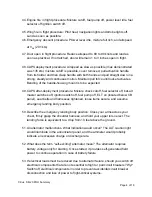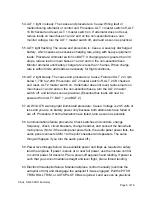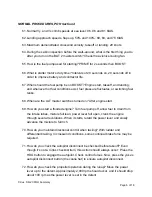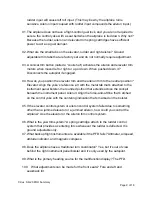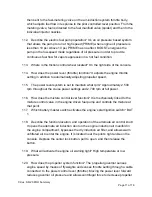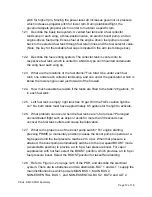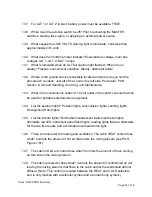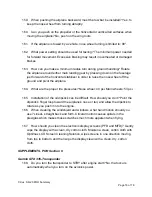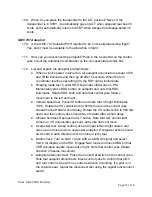
173. From where does the autopilot receive its signals? The turn coordinator, the
HSI, and the #1 NAV/GPS radio.
174. List and explain the autopilot operating modes:
● RDY (ready): Autopilot is ready for engagement.
● HDG (heading) mode: Autopilot will hold the heading set on the HSI.
● NAV (navigation) mode: Autopilot will provide intercept and tracking of
GPS, VOR, and Localizer courses. It automatically sets up a 45° intercept.
● GPSS (GPS Steering) mode: Pressing NAV twice will cause the autopilot
to go to GPSS for smoother tracking and transitions. The autopilot is
directly coupled to the roll steering command produced by the GPS
navigator, eliminating the need for the pilot to make adjustments to the
HSI course arrow.
● REV (reverse course) mode: Autopilot will track the localizer back course
inbound and the localizer front course outbound.
● APR (Approach) mode: Provides increased sensitivity for VOR or GPS
approaches.
● GS (glideslope) mode: Autopilot will capture and track an ILS glideslope.
The airplane must be 60% or more below the glideslope centerline during
the approach to the intercept point, and with 50% needle deviation of the
localizer centerline at the point of intercept- usually the outer marker.
When these conditions have existed for 10 seconds, the GS annunciator
will illuminate indicating that GS arming has occurred. The ALT light will
go out when the glideslope is captured.
● ALT (altitude hold) mode: Autopilot will hold the altitude at the same time
the mode was selected providing a roll mode is engaged. Altitude
correction can be made by rotating the VS knob in the appropriate
direction. Altitude will change 20 feet for each click of the knob.
● VS (vertical speed) mode: Autopilot will synchronize to and hold the
vertical speed at the time the mode was selected. Vertical speed will
change by 100 rpm for each click of the VS knob.
Cirrus SR-20 POH Summary
Page 18 of 18

